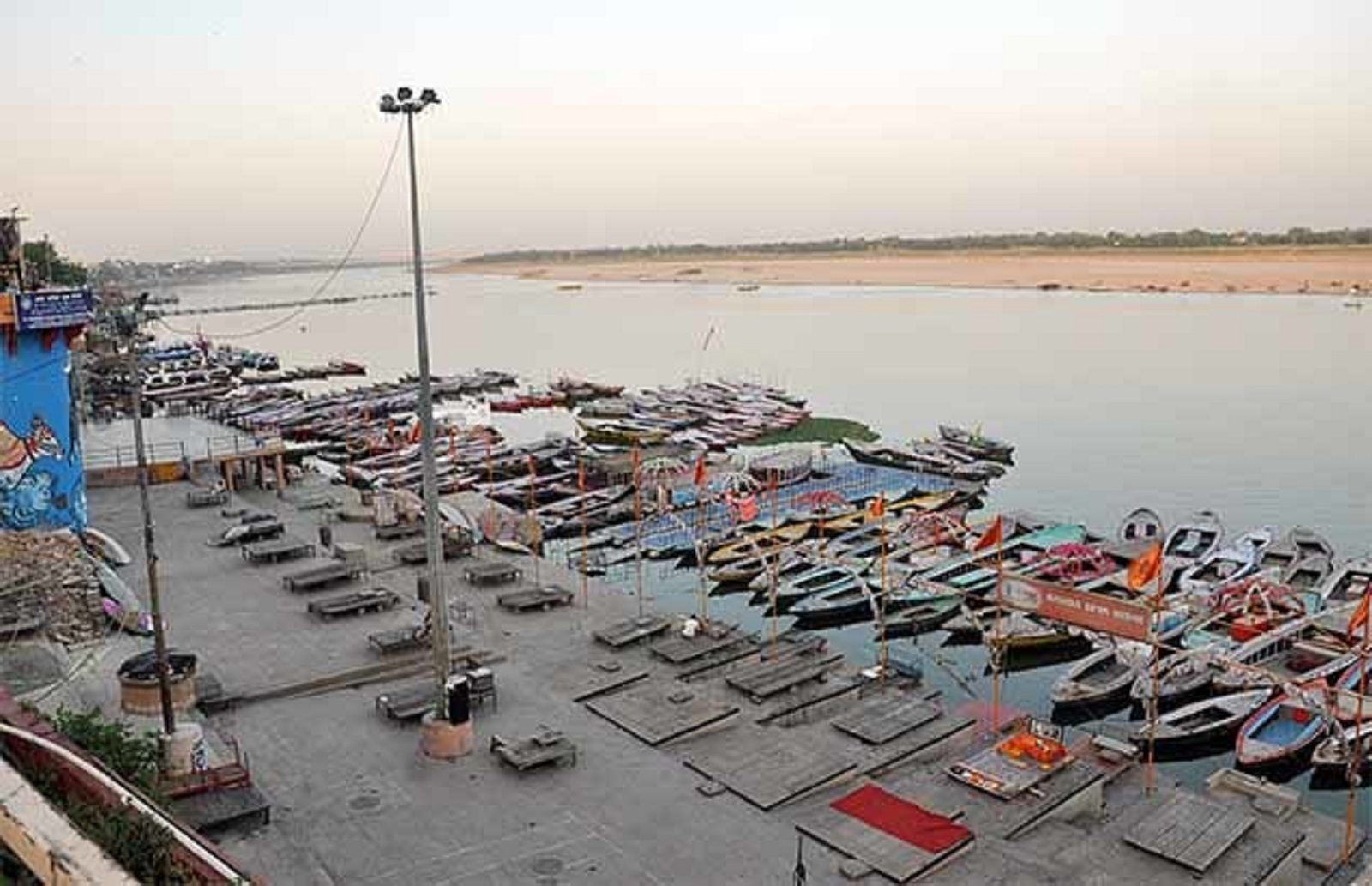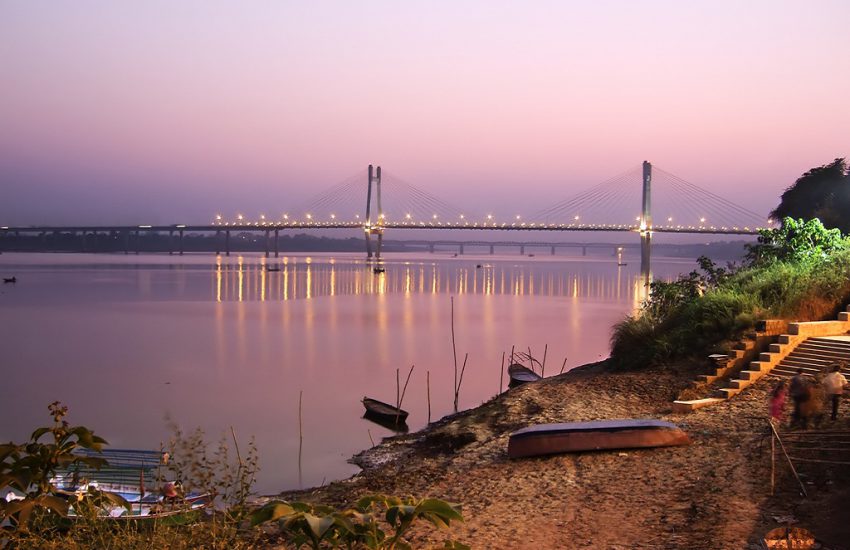How Lockdown has been a Gift for Ganga River in Varanasi
The coronavirus lockdown may have forced us to stay indoors, but it’s been a boon for the environment. With industries shut and people staying indoors due to the lockdown, nature appears to be in rejuvenation mode. Studies show air quality has improved and rivers are cleaner. In Uttar Pradesh, in particular, the impact of the lockdown on the Ganga has been significant.
It’s a rare but exceptional sight, the Ganga water is shimmering and is so clean and transparent that one can see aquatic life like fishes and tortoises inside till a good depth in Varanasi and elsewhere too. The credit for this cleaner Ganga is being given to the nationwide lockdown and accompanied cessation of polluting activities. Scientifically too, the Ganga has regained its lost properties to some extent.
Read More : Varanasi Tour Packages in India
“What could not be achieved in last 34 years since the inception of Ganga Action Plan (GAP) in 1986, and the launch of Namami Gange in 2014, with hundreds of crores of rupees being pumped in, is visible in just 34-35 days of lockdown,” said Prof. B D Tripathi, chairman of Mahamana Malaviya Research Centre for Ganga, River Development and Water Resource Management Banaras Hindu University (BHU).“It is true that the quality of Ganga water has improved, but we can’t claim that the river is 100% free from pollution. In fact, just 25-30% reduction in pollution level is being noticed,” said Tripathi. The impact of lockdown on Ganga’s health is encouraging and proves that some more measures need to be adopted for further improvement in water quality.
Read More : Pandemic Death Pooja (Specially for Covid-19 ) in India
There has been a significant improvement in health indicators (BOD) — during lockdown. biochemical oxygen demand level indicates the amount of decaying organic matter in water, a low BOD indicating good quality, while low dissolved oxygen level signifies poor quality. If dissolved oxygen levels decline, aquatic life is impacted badly. “We have seen a remarkable improvement in Ganga water quality with dissolved oxygen level rising and biochemical oxygen demand levels decreasing during lockdown. Policy makers should revisit the planning for Ganga cleaning taking a lesson from this,” he said. “Only constructing sewage treatment plants (STPs) is not enough, an effective check on discharge of pollutants in any form into the river as well as increased flow of river water is equally important,” said Tripathi, who conducted composite sampling before lockdown start on March 24 and then on April 20 for testing.
His team collected samples from five locations — Shooltankeshwar Ghat (upstream), Samne Ghat, Assi Ghat , Dashashwamedh Ghat and Rajghat (downstream). “On analysis, it was found that the dissolved oxygen level increased up to 25-30%, while biochemical oxygen demand level decreased up to 35-40%,” he said, adding that during sampling fishes and tortoises were clearly visible in transparent waters suggesting the river’s good health. This could be possible due to closure of saree dyeing units, automobile workshops, hotels and restaurants, reduction in cremation, floating population and check on dumping solid wastes into Ganga. Besides, the flow of river also increased due to closure of lift canals, said Tripathi. “The river itself has self-purifying capacity if sufficient water flow is maintained. We have seen this during Prayagraj he added. “Though the Ganga water’s dissolved oxygen level has improved significantly during lockdown, the fecal coliform count has increased sharply, which is alarming,” said Prof. Vishwambhar Nath Mishra, a professor at IIT (BHU) and president of Sankat Mochan Foundation (SMF). The SMF also regularly monitors the water quality of Ganga and had collected samples on March 6 and April 4. “It is true that lockdown made a positive impact on water quality, but it is not so significant as is being projected,” he said. “Ideally a river is considered fit for bathing only if fecal coliform count (FCC) per 100 ml is less than 500. For drinking, FCC should be zero ideally,” Prof. Mishra added. “The name Varanasi has been derived from the two tributaries Varuna and Asi, which were contributing fresh water to Ganga,” he said. “As most of the activities that cause pollution are stopped in lockdown, it is natural to see improvement in quality of Ganga water,” said Kalika Singh, regional officer of Uttar Pradesh Pollution Control Board. As per the present water quality parameters, the river is fit for bathing.




